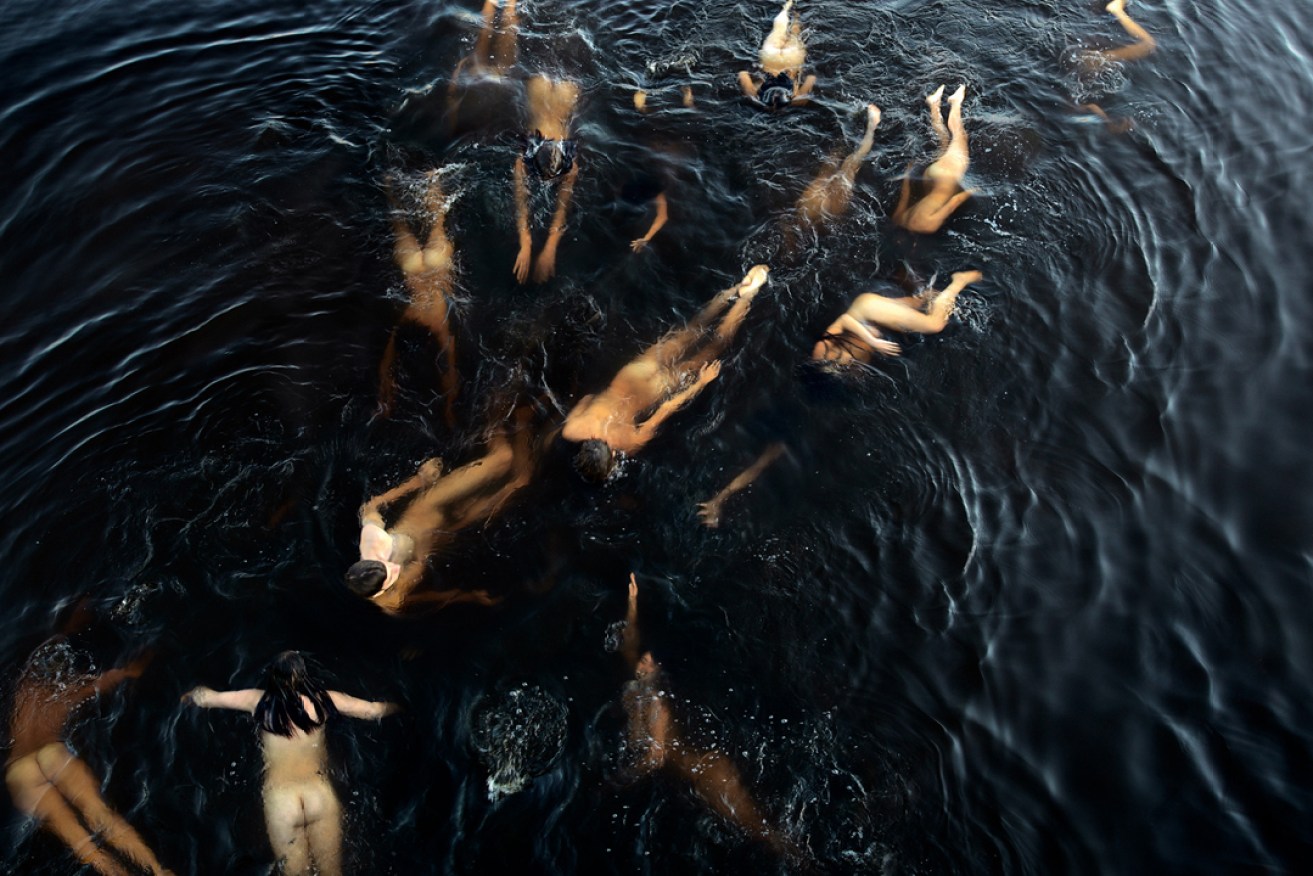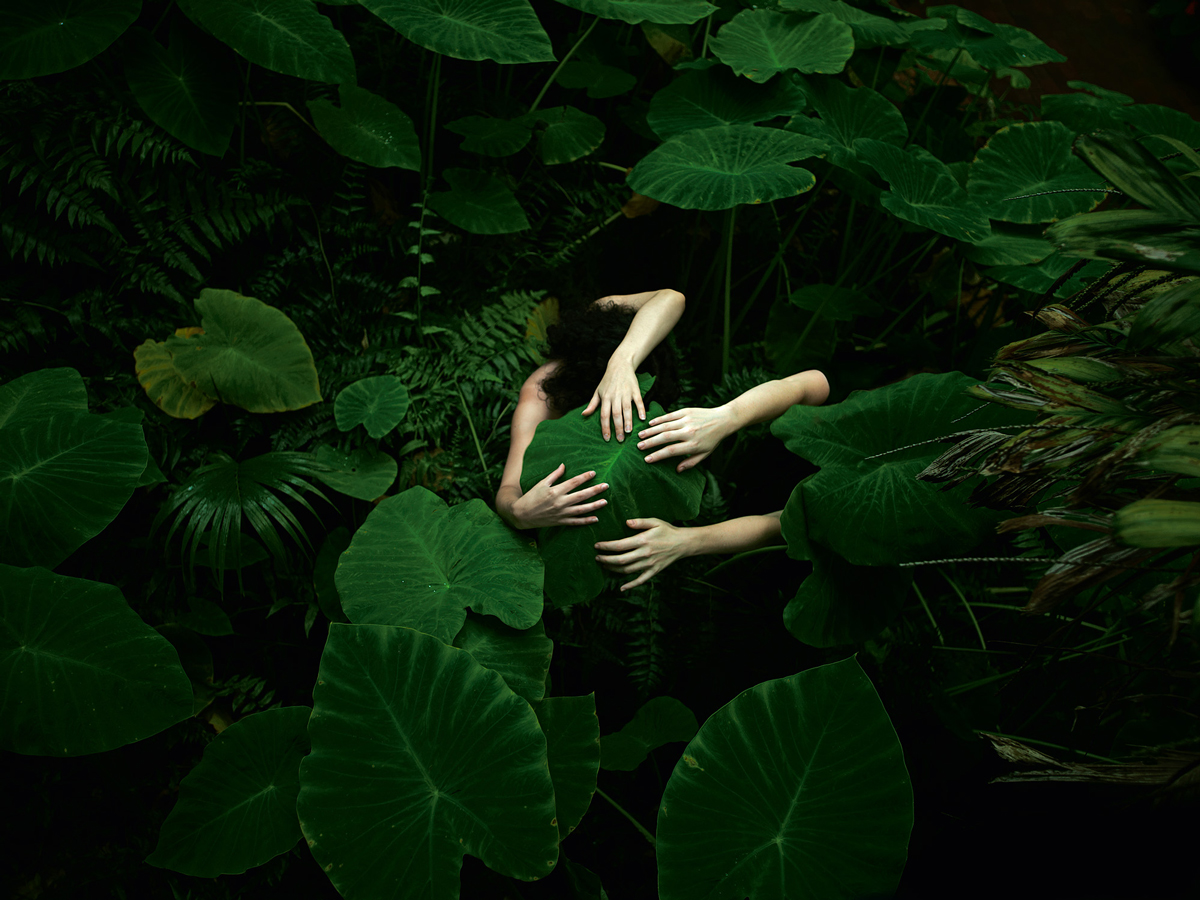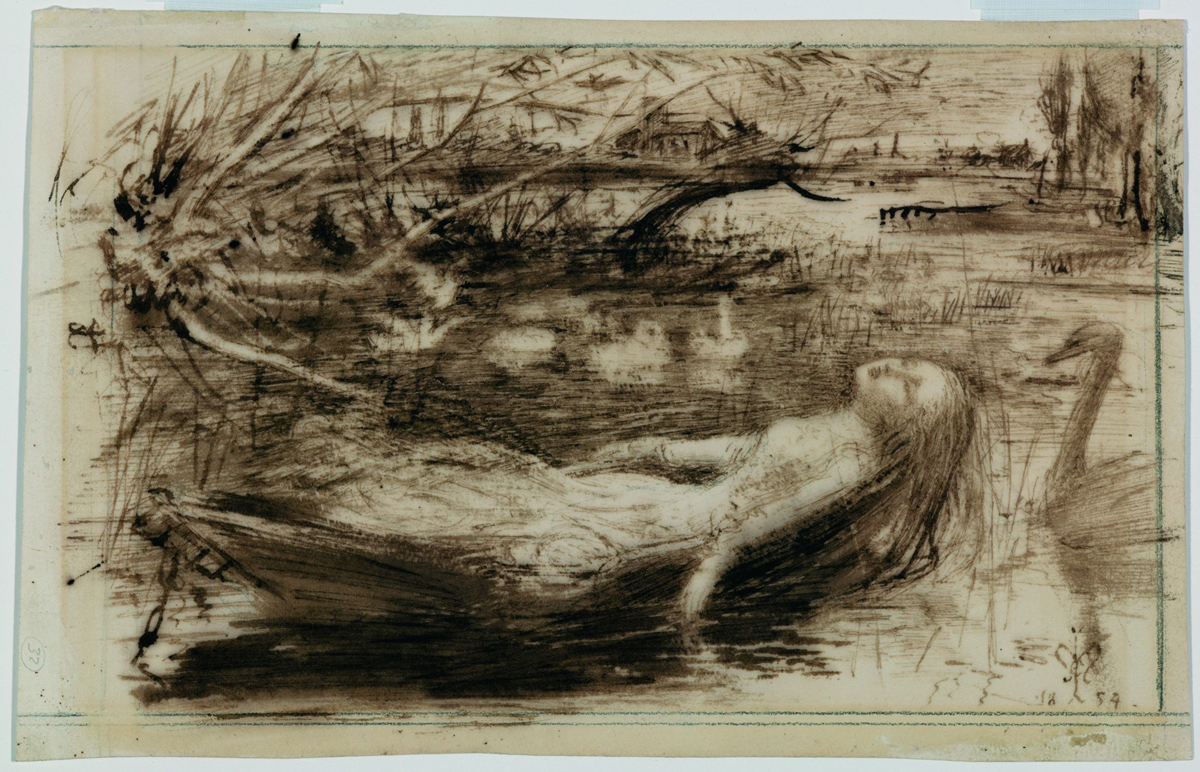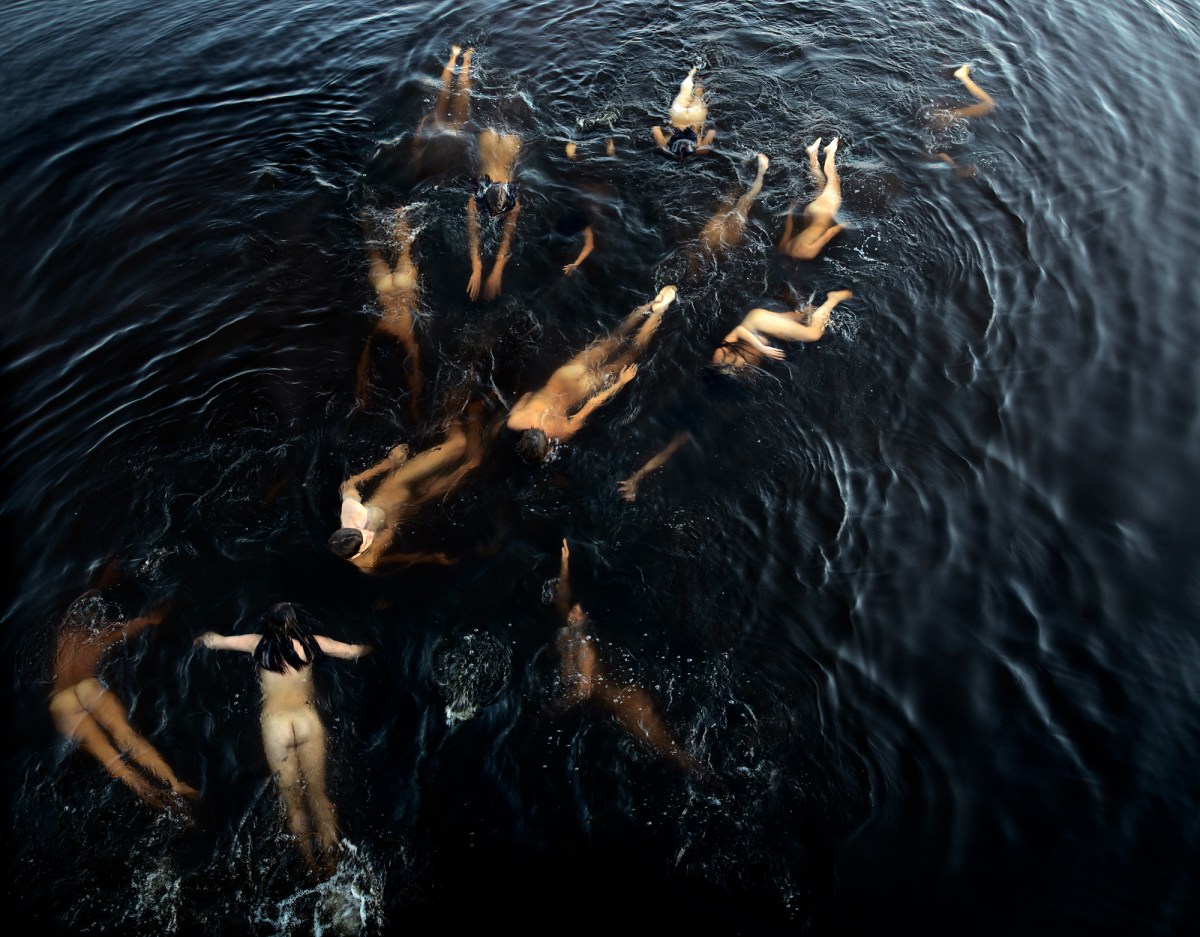Off the Wall: Alive in nature
A new acquisition currently on display at the Art Gallery of SA strives to connect us with nature, and is the work of an artist who likes to plunge both herself and others into unusual circumstances, writes Lisa Slade.

Tamara Dean's Shoaling (see full image and caption below).
Currently in Gallery 15 of the Melrose Wing at the Art Gallery of South Australia, visitors can experience the work of Tamara Dean. Titled Shoaling, from her 2015 series Instinctual, the 2m-wide photograph by Dean depicts partially submerged human bodies in a constellation that resembles a school of swimming or “shoaling” fish.
Shot on location in northern New South Wales, the photograph is typical of Dean’s intrepid approach to image-making. Trained as a photojournalist before studying art, she is accustomed to plunging herself, and others, into all sorts of circumstances to capture that fleeting moment.
Her most recent exhibition was called Force of Nature – a turn of phrase that could easily be used to describe the artist herself.

Tamara Dean, Elephant ear (Alocasia odora) in Autumn, from the series In Our Nature, April 2017, Adelaide Botanic Garden, pure pigment print on cotton rag. Courtesy the artist and Martin Browne Contemporary
For the 2018 Adelaide Biennial of Australian Art: Divided Worlds, curated by Erica Green, Dean is making a new series of images in the botanic parks and gardens of Adelaide to continue her investigation of nature’s transformative power and wonder. Corralling individuals of all ages to inhabit her images, with many “encouraged” into lotus ponds and fecund vegetation, Dean returns us to nature.
She has commented on the ritual significance of immersing oneself in nature, of testing one’s limits and taking risks. She practises what she preaches, having embarked on many self-initiated nature retreats in her early years.
For the Biennial, which opens on the first weekend in March next year, Dean will exhibit her new suite of large-scale photographs, in addition to an immersive installation that features sight, sound and scent.
This desire to be in a state of nature chimes with many previous art historical moments, one of them being the Pre-Raphaelite Brotherhood, established in the middle of the 19th century as a salve for an increasingly industrialised world. Transfixed by nature’s phenomena and by the shifting states of the environment, the Pre-Raphs, as they are fondly known, liked to plunge their subjects into the woods, wind and water.
Within the gallery’s collection is an ink drawing on paper by John Everett Millais that depicts a watery landscape featuring the Lady of Shalott, the eponymous subject of Lord Tennyson’s poem.

John Everett Millais, Britain, 1829 – 1896, The Lady of Shalott, 1854, London, pen, brown ink & wash on paper, 16.0 x 24.6cm (sheet); Elder Bequest Fund 1901, Art Gallery of SA.
Millais was notorious for subjecting his models and muses to extreme conditions – his most famous studio session saw artist Elizabeth Siddal, who was 19 at the time, subjected to prolonged exposure in a cold bath while modelling for Millais’s masterwork Ophelia. Held today in the collection of Tate Britain, the painting depicts Hamlet’s taunted love-interest, Ophelia, singing as she drowns.
Life came close to imitating art, with Millais’s studio session almost ending in a similar fashion to the scene in Act 4 of Shakespeare’s play. It is rumoured that Siddal never quite recovered.
Across time, artists, like the rest of us, have both danced and duelled with nature. For Dean, these encounters make time both immediate and infinite. In her own words: “I feel most alive when I am in nature.”

Tamara Dean, Shoaling, 2015, Tallow Creek, Suffolk Park, NSW, inkjet print; Gift of the Art Gallery of SA Contemporary Collectors 2016. Courtesy the artist and Martin Browne Contemporary
Lisa Slade is assistant director, Artistic Programs, at the Art Gallery of South Australia. This article is the latest in a regular series, Off the Wall, highlighting the Art Gallery of South Australia’s treasures.




